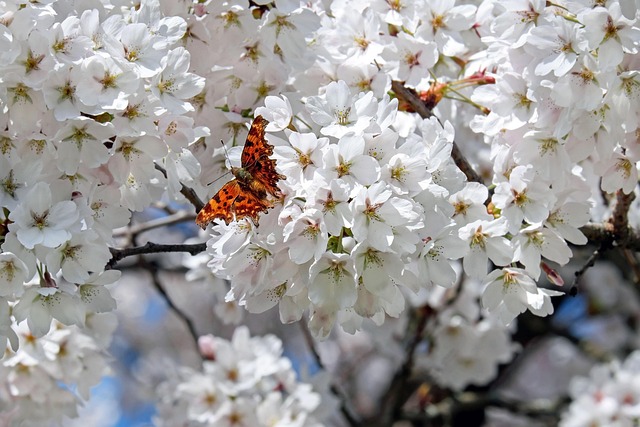To prevent moles, conduct regular inspections, maintain a well-kept lawn, and ensure proper soil drainage. Mole inspection services identify attractants and implement effective deterrents for a mole-free yard. Address moisture issues, remove dead plant matter, and improve soil drainage to reduce the appeal of your yard to moles. For severe or recurring problems, consider professional mole inspection services for tailored advice and removal strategies. Implement post-inspection strategies like sealing entry points and maintaining a clean lawn for long-term mole control.
Uninviting your yard from unwelcome moles? This comprehensive guide provides expert advice on reducing mole attractants and achieving long-term control. Learn key insights into mole behavior to prevent infestations, identify and eliminate common attractants, and understand when to call upon professional mole inspection services. By implementing effective post-inspection strategies, you’ll revolutionize your yard’s landscape, transforming it from a mole haven to a peaceful oasis.
Understanding Mole Behavior: Key Insights for Prevention
Moles are intriguing creatures with specific behaviors that play a significant role in their attraction to your yard. Understanding their habits is crucial when it comes to prevention. These burrowing rodents have an innate preference for areas with rich, moist soil, as it’s easier for them to dig and find food. They feed on insects, worms, and other small invertebrates, often leaving telltale signs of their presence through surface disturbances and mole hills.
A key insight into deterring moles is conducting regular mole inspections. Professional mole inspection services can identify potential attractants in your yard, such as tall grass or dense vegetation that provides ideal hiding spots and easy access to food sources. By keeping your lawn well-maintained, removing excessive debris, and ensuring proper soil drainage, you can make your yard less appealing to moles. This proactive approach is essential in maintaining a mole-free environment and saving you from the hassle of dealing with these intruders.
Identifying and Eliminating Common Mole Attractants
Identifying and eliminating common mole attractants is a key step in deterring these burrowing pests from your yard. Moles are attracted to areas with abundant food sources, such as lawns that are overwatered or contain excessive organic matter. They also thrive in environments with suitable nesting conditions, like loose, moist soil. Regularly inspecting your lawn for signs of excessive moisture, dead plants, or loose soil can help you identify and address these attractants proactively.
Engaging mole inspection services can provide valuable insights into the presence and behavior of moles in your yard. These professionals are trained to recognize mole activity and can offer tailored solutions to minimize their appeal to these pests. By addressing overwatered areas, removing dead plant matter, and improving soil drainage, you can significantly reduce the likelihood of attracting moles and promote a healthier, pest-free lawn.
Professional Mole Inspection Services: When to Call the Experts
Many homeowners try DIY methods to manage moles, but for severe or recurring infestations, professional mole inspection services offer a more effective solution. These experts have the necessary tools and knowledge to identify entry points, locate burrows, and determine the root causes of mole activity in your yard.
Calling in professionals is especially recommended if you suspect a large mole population or have tried multiple control methods without success. Mole inspectors can provide tailored advice, safe and effective removal strategies, and preventive measures to reduce future attractants, ensuring your yard becomes less appealing to these burrowing pests over time.
Effective Post-Inspection Strategies for Long-Term Mole Control
After a thorough mole inspection service, implementing effective post-inspection strategies is key for long-term mole control. One crucial step is to address and seal any entry points or burrows identified during the inspection. This can involve filling in holes, repairing fences, or installing physical barriers to prevent moles from reentering your yard. Additionally, maintaining a clean lawn and removing potential food sources like garden debris or overripe fruits will significantly deter moles.
Regular maintenance checks are also essential. Schedule periodic mole inspections, especially during peak seasons when moles are most active. This proactive approach allows for early detection of any new mole activity and ensures that your yard remains free from these burrowing rodents. By combining these post-inspection strategies with professional expertise, you can achieve and maintain a mole-free environment for the long term.
By understanding mole behavior, identifying and eliminating attractants, and employing effective post-inspection strategies, you can significantly reduce mole infestations in your yard. While DIY methods offer a starting point, professional mole inspection services provide invaluable expertise for long-term control. Remember, a proactive approach using these integrated strategies is key to keeping moles at bay and enjoying a pest-free outdoor space.
